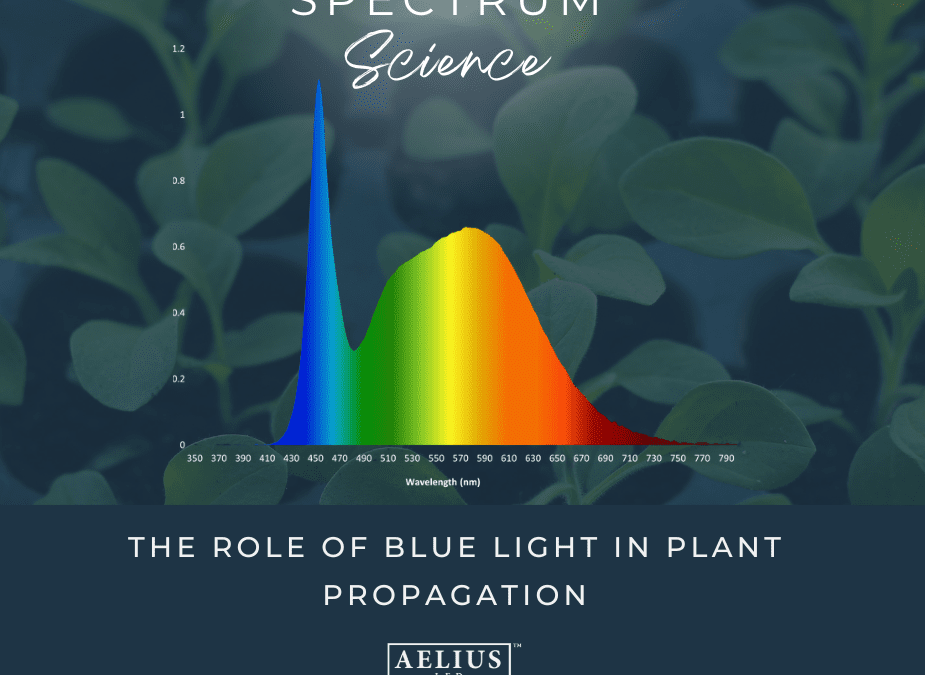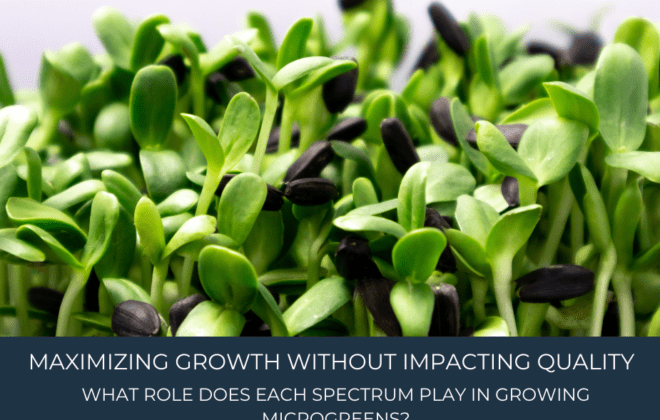
The Role of Blue Light in Plant Propagation
Ever wondered why blue light is a must-have in the propagation process? Well, you are about to find out!
Blue light is described as light with wavelengths that are within the range of 400-500nm. These wavelengths do wonders for the youngest of plant life. Blue light has a unique ability to promote cell division and elongation as well as regulate genetic expression. Let’s dive in!
Cell Division and Elongation:
Blue light plays a pivotal role in promoting cell division and elongation during the early stages of plant growth. When young plants are exposed to blue light, it triggers the production of specific enzymes and proteins that drive these essential processes. Imagine it as a gentle nudge for plant cells to multiply and stretch, laying the foundation for healthy growth.
Gene Expression and Development:
Blue light isn’t just about physical growth; it also influences gene expression. Certain genes related to growth and development are under the direct control of blue light. By regulating these genes, blue light ensures that our plant clones develop robustly and adapt well to their environment.
Phototropism and Photomorphogenesis:
Phototropism refers to the bending or curvature of plant parts toward or away from light sources. Photomorphogenesis encompasses all light-induced developmental changes in plants. Blue light receptors (cryptochromes and phototropins) mediate these responses, orchestrating growth patterns and energy production.
In summary, blue isn’t just a color of light; it’s a catalyst for life. So next time you admire your thriving plant babies, remember the magic woven by the invisible blue rays! 🌟💙




